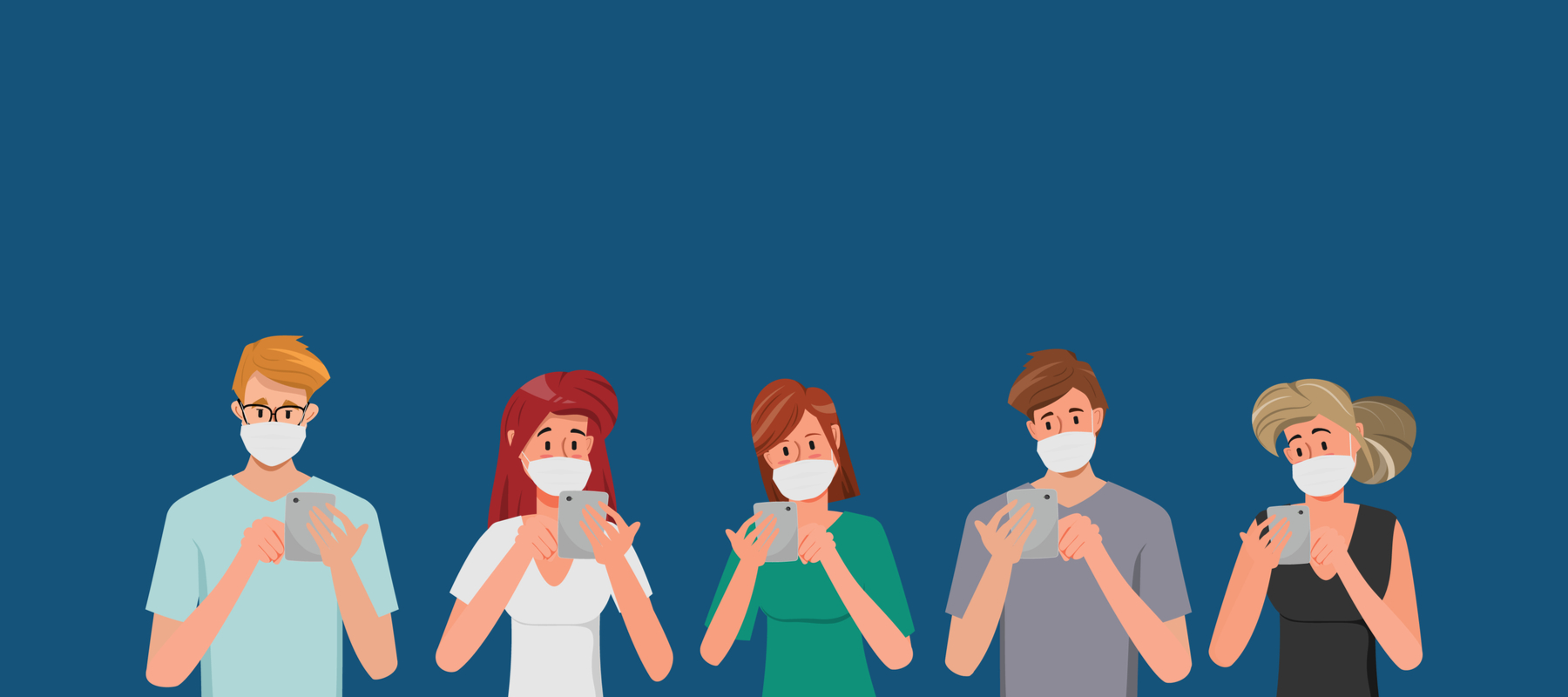It is well-known in healthcare that doctors have increasingly less time to spend during each patient visit. Patients with chronic diseases may wait months for a doctor visit, only to have approximately 10 minutes of time with the doctor to discuss their current condition and potential new treatment options. This begs the question, how are patients getting information regarding their health during the remaining time that surrounds each doctor’s visit?
Enter the influencers. A person typically spends over two hours each day on various social media platforms, so it’s to be expected that patients interact with and become reliant on the information shared by the influencers who are present in their lives every day. Now, some may question the term “influencer” in the healthcare context as the typical social media influencer is defined as a “perky oversharer,” who has access to a large audience and can persuade the habits of others by virtue of their “authenticity” and reach—often hawking useless products such as flat tummy teas or gummies that supposedly provide you with a thicker head of hair.
However, in the healthcare space, the influencers whom patients follow may have an actual impact, ultimately affecting real-world decisions around well-being and health. This behavior is particularly concerning, given that content can be sponsored and often not grounded in actual science. With this risk, it is crucial that the healthcare industry explore and better understand what information patients are consuming daily and how this input may ultimately “influence” the course of their treatment decisions.
What Information Do Healthcare Influencers Share?
To explore this further, consider the online conversation of influencers in the breast cancer space. When searching, you may find hundreds of social media accounts, ranging from nano-influencers with approximately one thousand followers to macro-influencers with hundreds of thousands of followers. These communities span across platforms, including Instagram, Facebook, and personal blogs.
While you may be already familiar with the “breast cancer patient journey,” especially those of us who have participated in years of market research in breast cancer—speaking to patients, caregivers, nurses, oncologists, advocacy groups, pharmacists, etc.—across HER2+, HER2-/HR+, and TNBC, you might be surprised at how much you are missing out on!
Firstly, there is a whole new vernacular—“previvor,” “thriver,” and “breastie” are common terms. Additionally, much of the conversation spans topics never covered in market research, including pregnancies and breastfeeding, mental health challenges, issues faced by POC, and the impact on spousal relationship. These perspectives are topics that are typically avoided in discussion guides or surveys. The content you might expect to see is missing from the conversations as well; there is no “try this treatment—it worked for me, it will work for you too.”
While discussions are happening around supplements, smoothies, and lifestyle changes, most of the conversation centers around a community of women who are simply looking to support each other through all the demands that breast cancer encompasses. The subject matter goes far beyond the products, which are typically the primary focus in market research, and instead provides a much larger picture of how these women live the rest of their lives. The woman supporting these communities are looking to dig deeper into the meaning of their experience and use social media to explore how to integrate their diagnosis into their identity.
What Can Marketers Learn from Influencers?
These patients want to understand (with an audience drawing inspiration from their journey) how to answer the question: “Does this diagnosis change who I am and what can I hold on to from who I was?” While breast cancer is the common thread that binds influencers to their online communities, the narrative tends to center less on the treatment specifics or products used and focuses instead on the experience of living life with cancer. This is what draws a community around each influencer, the chance to learn and grow in their diagnosis together.
It is interesting to think about what additional insights we might gain from following influencers in the same way patients do. These communities can provide clear insight into the wider picture of the “patient journey”—allowing a more accurate picture of what the true day-to-day patient experience looks like. These narratives go beyond what is typically covered in a moderated market research interview and instead provide an unfiltered glimpse into the wider topics and challenges that a breast cancer patient faces each day. We may consider how combining this perspective with more traditional research approaches may offer a clearer picture on how diagnosis and treatment fit into life as well as how a patient’s life fits into the treatment.
So, we no longer to need to be asking: “What kind of misinformation might patients be gaining from healthcare social media influencers?” Instead, we must find out: “How can we ourselves learn more from these communities and the conversations they are generating?”








